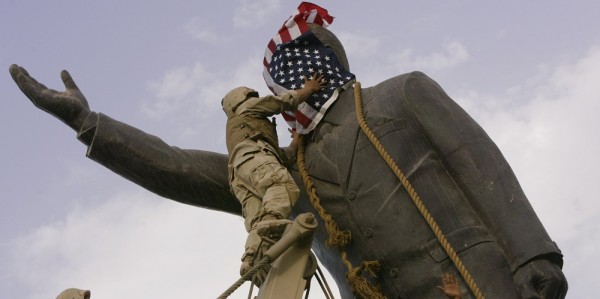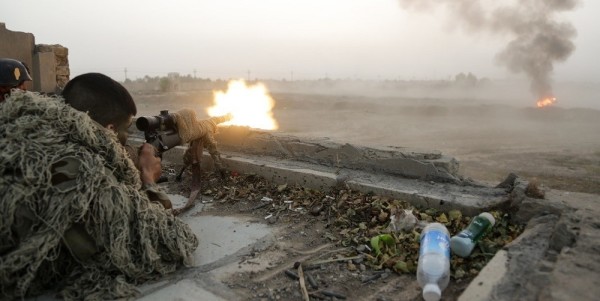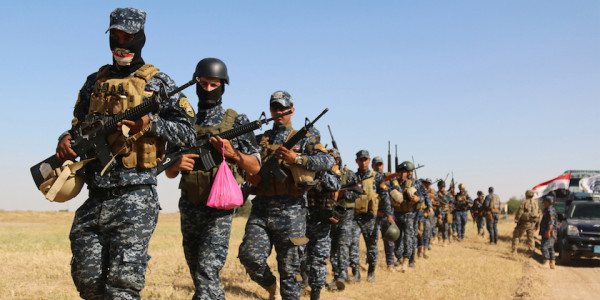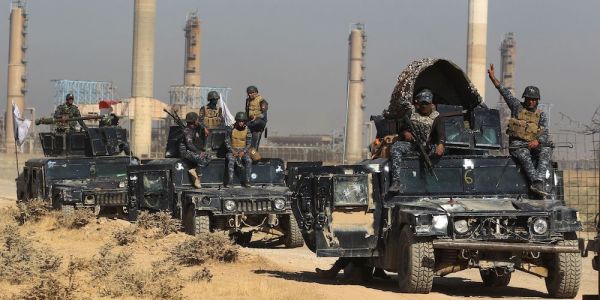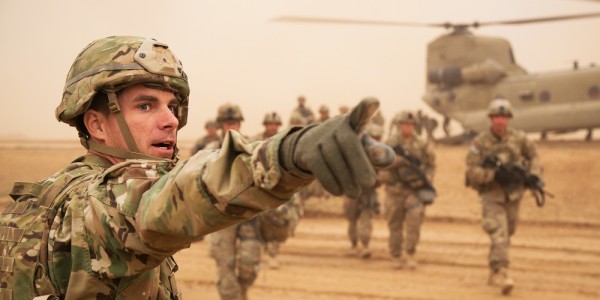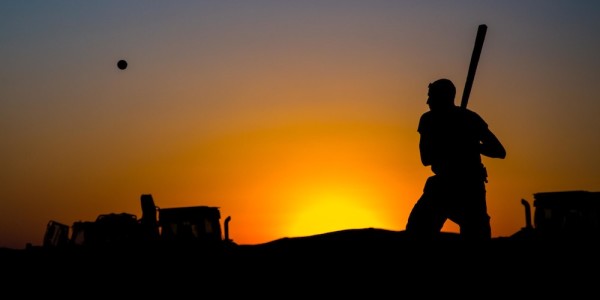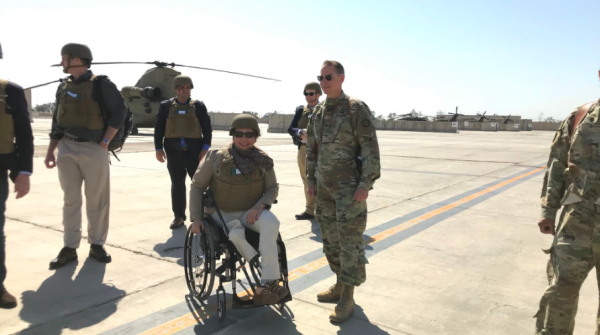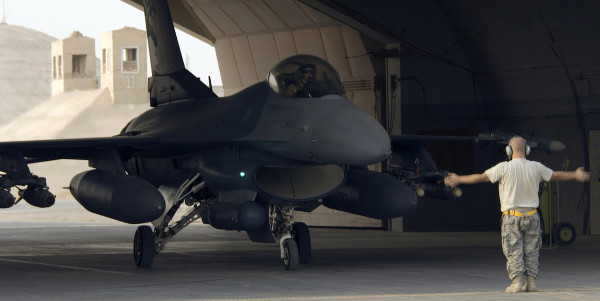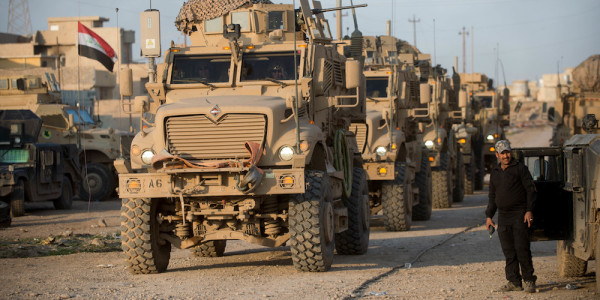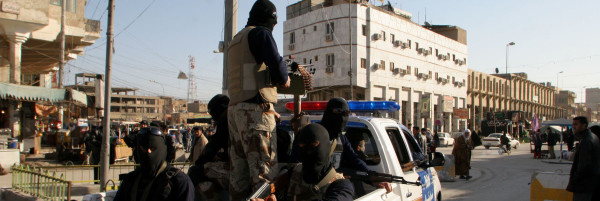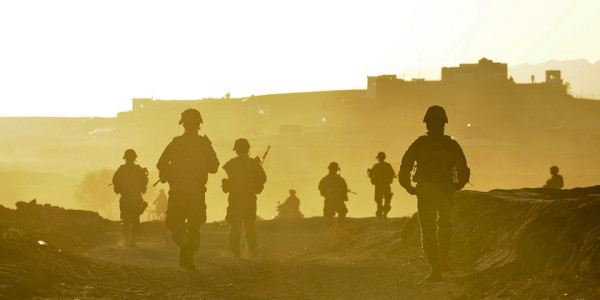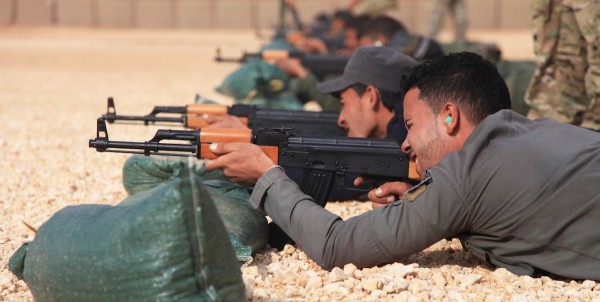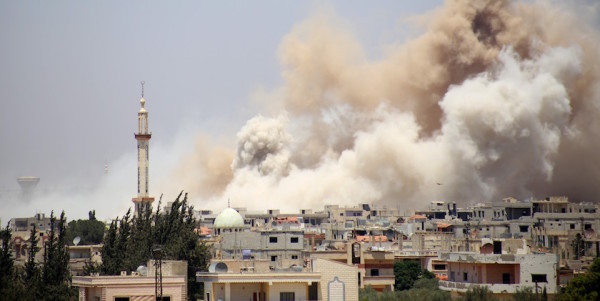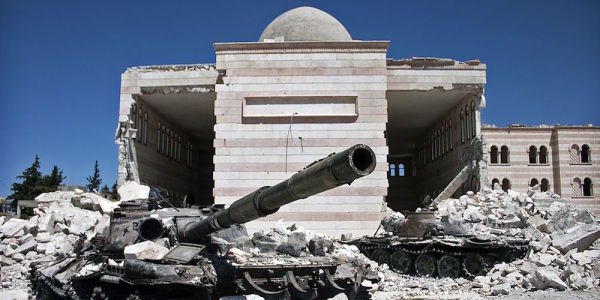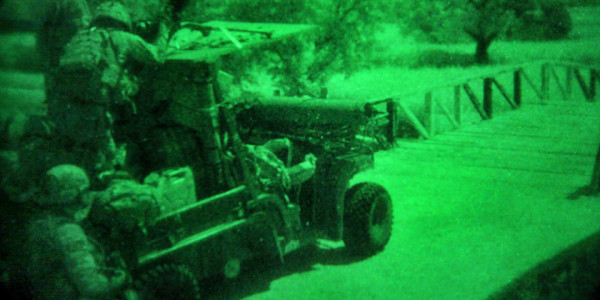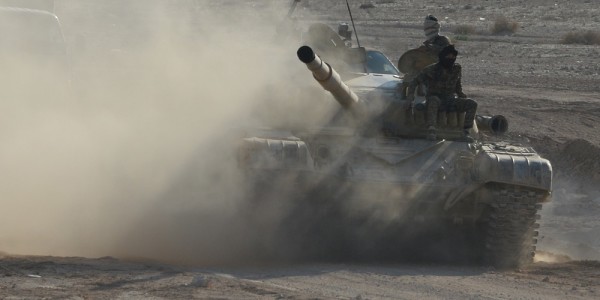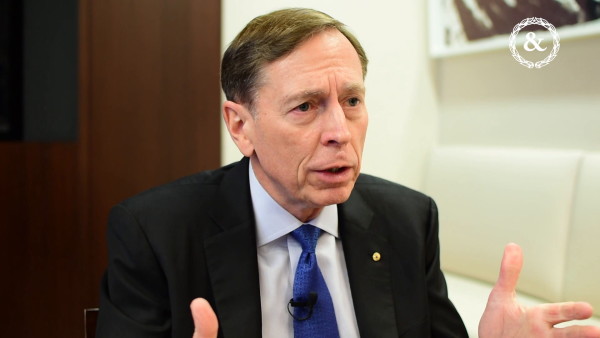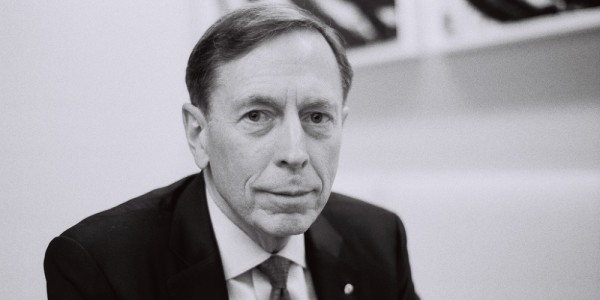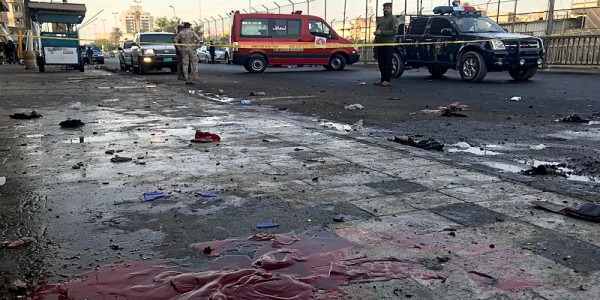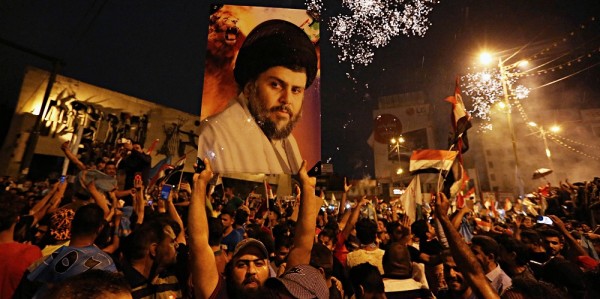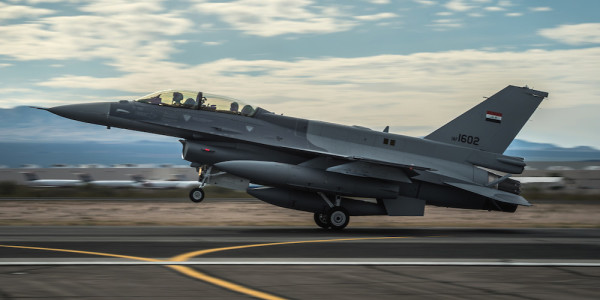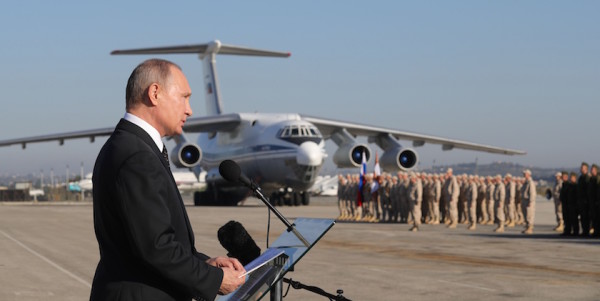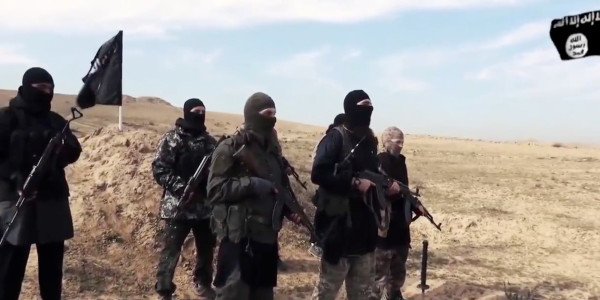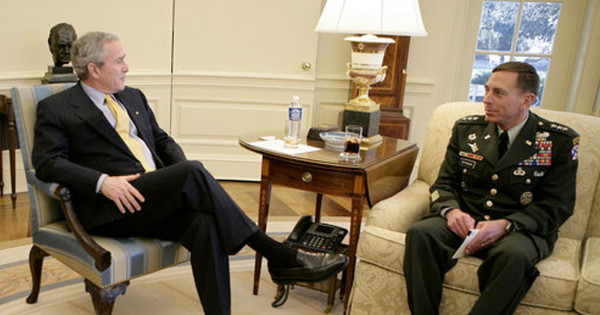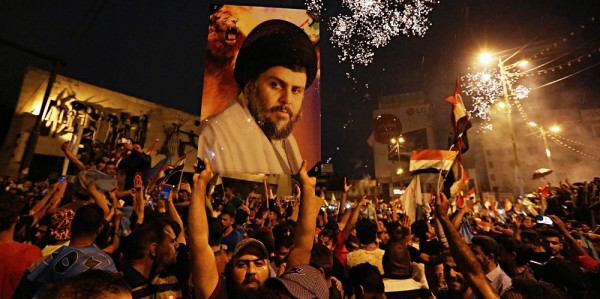For at least the second time since the U.S. invaded Iraq 15 years ago, the country appears on the verge of repeating its entrenched cycle of violence: terrorism, insurgency, and civil war.
In 2003, the fall of Saddam Hussein led to chaos and the eventual rise of Al Qaeda in Iraq. By the time U.S. troops left Iraq at the end of 2011, that group had largely been defeated, but the Islamic State rose from its ashes to conquer most of northern and western Iraq in little more than two years.
Although ISIS was largely routed in 2017, the seeds of another insurgency have already been sown, said Jennifer Cafarella, a senior intelligence planner with the Institute for the Study of War, a D.C. think tank that has advised U.S. military commanders on operations in Iraq and Syria.
“Unfortunately, the United States is actually poised to make a similar mistake to the one we made in 2011,” Cafarella added. “The U.S. this time has decided to leave troops in both Iraq and Syria moving forward – but similar to 2011, I think we have underestimated the scale of the requirement for U.S. and partnered forces in order to prevent a resurgence – either of ISIS in its previous form or some new manifestation of the Sunni jihadist movement in Iraq.”

Marine Cpl. Edward Chin of the 3rd Battalion, 4th Marines, covers the face of a statue of Saddam Hussein with an American flag before toppling the statue in downtown in Baghdad, Iraq on April 9, 2003. (AP Photo/Jerome Delay, File)Asscociated Press/Jerome Delay.
U.S. Central Command has already made Afghanistan its main priority and moved intelligence, surveillance and reconnaissance aircraft out of Iraq and Syria despite signs of another Sunni insurgency emerging in Iraq.
Meanwhile, Sunni jihadists remain active from Hawijah to Tuz Khurmatu in northern Iraq; in eastern Iraq’s Diyala province, where a group calling itself “The White Banner” has emerged; in the “Baghdad Belts” surrounding the city; and in Ramadi and other parts of Anbar province in western Iraq, she said.
Cafarella attributes to re-emergence of Sunni jihadist groups to the alarming influence of Iran, which has grown substantially in recent years. Though Shiite militias loyal to Iran, such as Asaib ahl al-Haq and the Badr Brigade, have operated in the country for years, their power has grown recently. After the Iraqi Army proved unable to defeat the Islamic State, such militias were brought together as the Popular Mobilization Forces (PMF) and placed under Iraqi government control.
Though the PMF includes Sunni and Kurdish groups, as well as Shiites who remain loyal to prime minister Haider al-Abadi, it also is home to many proxies of Iran, who are viewed as a considerable threat to Iraq’s Sunni minority. So far, the U.S. has been “in denial” about the issue, Cafarella said. But with several groups affiliated with Shiite political parties that stand to make gains in the May elections, Sunnis may increasingly see their own insurgent groups, including ISIS, as a necessary counterweight.
“The ISIS narrative that we’re expecting to see is actually a pretty fair argument: The Iraqi Sunnis have never faced a greater threat of sectarian cleansing from Iran’s militias,” she explained.
To bolster their image as defenders of the Sunnis, ISIS is likely to attack Popular Mobilization Forces during upcoming elections, Jessa Rose Dury-Agri, also of the Institute for the Study of War, predicted. It won’t help matters that the May 12 elections occur during Ramadan, she added.
Retired Army general David Petraeus, who led U.S. forces in Iraq during the 2007-2008 surge, has a less dire view. As long as Iraq’s Shiite-dominated government continues to bring Sunnis back into the fabric of society, he said, another major insurgency is not a given.
“The prime minister of Iraq, Haider al-Abadi, with whom I just talked a few weeks ago in Munich, knows that inclusive government is needed,” Petraeus told Task & Purpose. “He knows that he’s got to keep the Sunni Arabs in; he’s got to keep the arrangements with the Iraqi Kurds and the Kurdish Regional Government. And he’s got, of course, to keep the Shia Arabs – essentially his base, if you will, the majority of the country – have to be with him as well.”
It will be a difficult balancing act for al-Abadi, given recent tensions between the Baghdad government and Kurds, which voted in favor of independence in September, leading Iraqi security forces to retake Kirkuk and other territories from the Peshmerga the following month.
Iran wants to use Shiite militias to “Lebanon-ize” Iraq — essentially using proxy paramilitary groups linked to political parties to extend their influence, as they have long done with Hezbollah in Lebanon — so dealing with the Popular Mobilization Forces will require “very delicate work” on the Iraqi government’s part, Petraeus said. While Iraqis understand that they need some kind of relationship with Iran, they don’t want to become “the 51st state of Iran,” he noted.
According to Petraeus, Iraqis are also very aware that Iran is a theocracy with a fig leaf of representative government. “It has essentially two states,” he said. “There is the visible state of an elected president, parliament, ministers, army, navy, air force, and marines; and then a deep state: the Revolutionary Guards Corps-Quds Force with its army, navy, air force, and marines and its overseas adventures. Then there’s a popular force, the Basij militia – that may be a couple of million, if not more – that can be used against demonstrations and the like. These two sides are in a fair amount of tension with one another, and Iraq does not want that kind of governance.”
Would-be insurgents will also have to contend with a population that, after so many years of bloodshed, has conflict fatigue. According to Daniel Masters, who teaches international relations at the University of North Carolina-Wilmington, many of the longtime combatants increasingly appear to have exhausted themselves. It will be difficult for a group like ISIS to regain its standing in Anbar province due to a sense of “war weariness” among locals, he said.
Then again, these things go in cycles, Masters added. “If you look at Northern Ireland, you had an attempted [Irish Republican Army] insurgency from 1956 to 1962 that was a complete and utter failure, but by 1969, you know have people signing up so fast, that they have to start turning people away,” he warned. “War weariness can be replaced very quickly by mobilization.”
WATCH NEXT:
Want to read more from Task & Purpose? Sign up for our daily newsletter »

